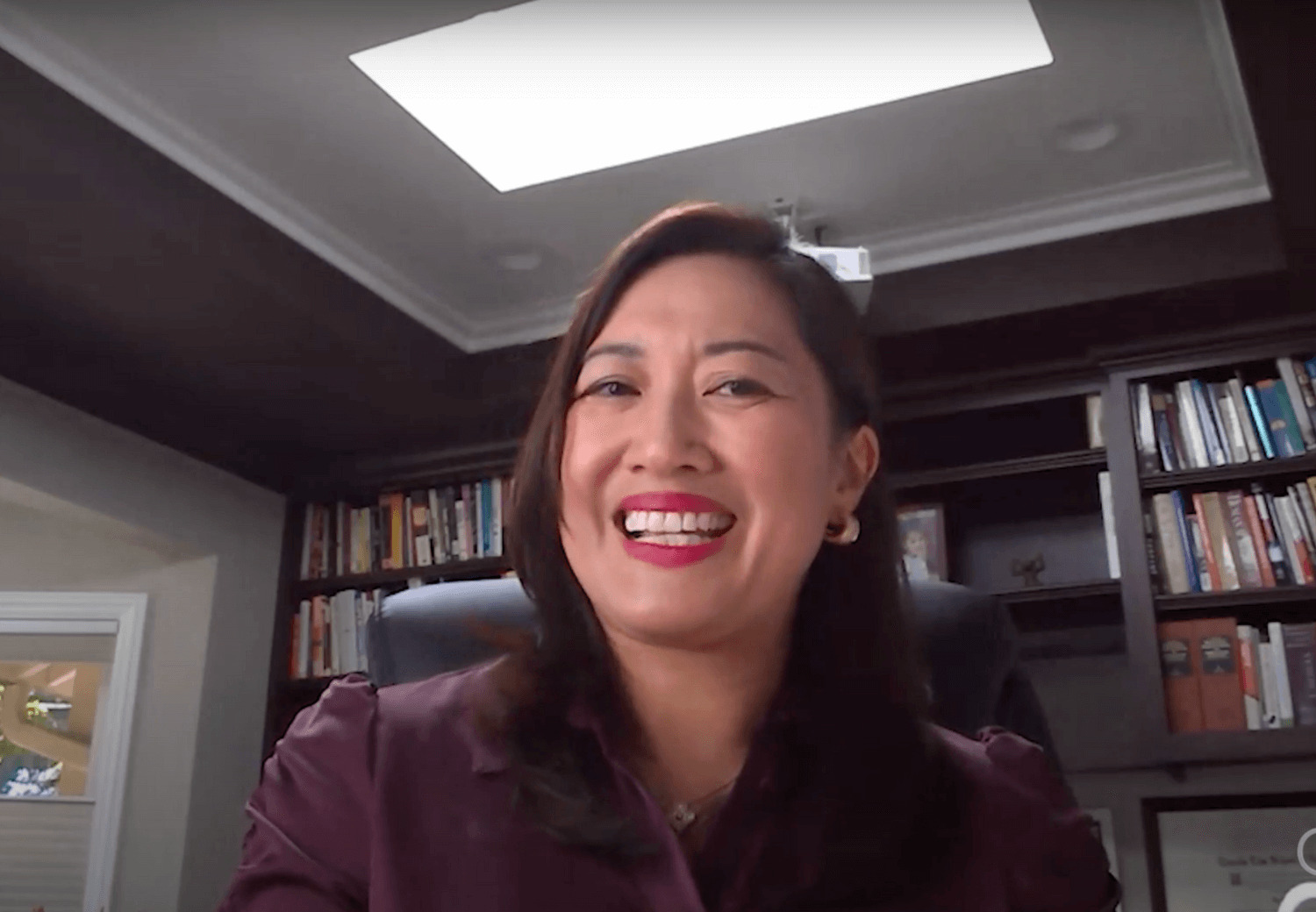Summary:
Komal Ahmad is well aware that she’s in the Silicon Valley minority. Less than 2% of VC-funded organizations have female founders or executives — let alone females of color. But Komal has figured out how to make money by doing good.
Komal Amad is in the minority in many ways — a female, of color, in Silicon Valley, who’s gotten funding… because she figured out how to make money while doing good.
Was it hard to raise money as a woman entrepreneur? Was it hard to breakthrough the Silicon Valley bro culture that we heard about?
I mean of the hundreds of billions of dollars that are raised in venture capital every year less than 2% of that is allocated to a company that has at least one female founder.
Yeah. less than 0.2 percent of that 2% is allocated to a woman that looks like me so yeah it's not the the odds are never in my favor. Particularly when you're trying to prove to the world that you can both make money and do good you know COPIA is not a nonprofit we're not a NGO. We are a for-profit company that's built proprietary technology to solve both hunger and food waste at scale. So you know you are combating I think a few of the few of the challenges that we had aside from you know the misinformation misinformation on liability was the transportation constraints was how are you gonna move this food quickly. You know you are we charge businesses not to donate their food necessarily but to essentially be their anti food waste management solution you know. THUY: So that's how you make money?
Yeah that's how we make money and now we're also using machine learning to develop predictive analytics that help these businesses understand why is this waste happening? Right is it the Indian food station? Is that the Chinese food station? Is it on Mondays that you see this huge spike in surplus food? Is it on Fridays? Is it raining outside so employees and commute to work or fancying go to a game like what is driving this excess and then giving them the actionable insights they need to reduce over purchasing and overproduction.





